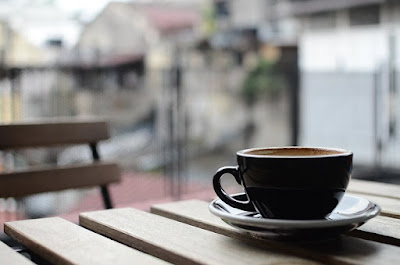It would be too simple to say that it's just negative feelings and emotions, such as grief or loneliness, that lead to increased substance abuse during the holidays, as joyful celebrations and time spent with loved ones also lead to the same kinds of struggles and relapses. But one thing that is common among all the various emotions that lead to relapse and abuse of substances is stress. And as we all know, what is stressful for some is not stressful for all, but everyone has something they find stressful about the holidays. Whether it's picking up relatives at the airport, or being the one trying to catch a flight in a snow storm. So the demand for stress management is never quite as high as it is during the holidays.
The first step toward reducing the stress that can trigger your holiday relapse is to know your triggers. For some people their trigger is lack of sleep, and for others it is being around certain people. But knowing what usually sets off your emotions (positive or negative) in the direction of relapses is top on the list of relapse prevention strategies.
In addition, have an exit plan. In other words, how will you avoid getting pulled in by your triggers? When that certain relative does that certain thing that always sets you off (and you knew it was coming or only a matter of time), what is your plan going to be to not get pulled in? Will you move to a different room, would stepping outside for a break do the trick, or could focusing on conversation with someone else be the key.
Also, knowing the key emotions to avoid or remedy can put you ahead of the curve when it comes to relapse prevention. For instance, if loneliness is something that can tip you over the edge to seek out your substance of choice, then plan ahead to make sure you are with others who support you and your sobriety.
Most of all, planning ahead with a well-thought-out relapse prevention plan can be your best strategy and help you avoid mistakes and downfalls that can only deaden your momentum and progress.
You can find a list of 14 tips for relapse prevention here, offered by the NAS (National Addictions Specialists). You can also find my prior blog entry from May of 2024 Relapse Prevention: Making Changes Now to Be Ready Later, which talks about how to build your relapse prevention plan, including a nice link to Psych Central's article on Relapse Prevention.
"I have come to believe that caring for myself is not self-indulgence. Caring for myself is an act of survival." ~Audre Lorde
Thanks to Julia 2006 for the great photo (cropped), https://creativecommons.org/licenses/by/4.0/deed.en










